Hello fellow outdoor enthusiasts, security professionals, and technology lovers! I’m here to share my experience with a tool that has completely changed how I perceive the world after dark: the FLIR LS-XR thermal imager. For years, I’ve relied on traditional night vision, but it always felt like I was just seeing a grainy, amplified version of a limited view.
I was constantly frustrated by fog, smoke, or simply a lack of ambient light that would render my gear useless. That all changed when I got my hands on the LS-XR. This isn’t a device that just amplifies existing light; it sees heat.
It has opened up a whole new world for me, allowing me to spot wildlife, locate a lost pet, or survey my property with an clarity that was previously unimaginable. From the moment I first powered it on in less than two seconds, no less I knew this was a game-changer.
The high-resolution image, the incredible detection range, and the simple, rugged design make it an essential piece of gear for anyone who needs to see what the human eye can’t. Whether I’m on a hiking trail or just checking my backyard, the FLIR LS-XR has become an indispensable part of my kit.
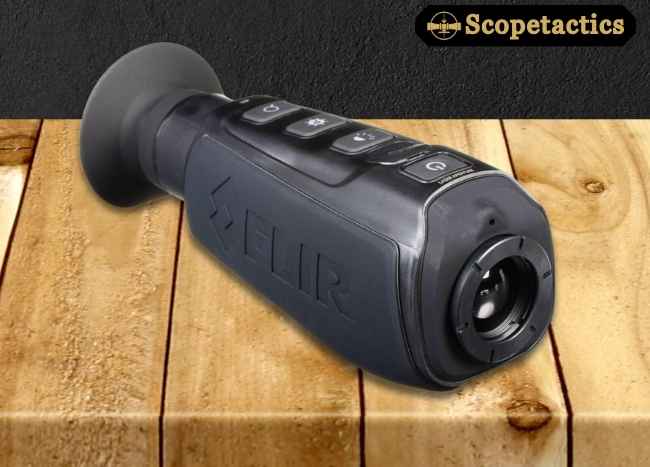
Comparison
| Model | Sensor (resolution / refresh) | Lens / FOV | Optical & Digital Zoom | Recording / Connectivity | Battery / Weight | Notable features | Notes |
|---|---|---|---|---|---|---|---|
| FLIR LS-XR | 640×512 VOx (refresh not listed; LS-series commonly low-rate for export) | 35 mm lens | Up to 8× e-zoom | Analog video out (model dependent) | ~5 hrs runtime; compact | InstAlert® hot-spot highlight; White/Black Hot palettes; designed for single-hand use | Max detection range quoted up to ~1240 yd on LS-XR. Exact video/laser options vary by package. |
| FLIR HS-324 Command (19 mm, 7.5 Hz, NTSC) | 320×240 VOx, 7.5 Hz | 19 mm lens, 24×18° FOV | 2× digital | Photo & video to internal SD card (Command version) | — (AA pack; not always listed) | Rugged housing, tripod socket | Older law-enforcement H-Series; “Patrol” lacks recording, but Command adds SD recording. |
| ATN OTS-HD (family) | Typically 384×288, high refresh options (e.g., 50 Hz on 4.5–18× variant) | e.g., 50 mm (4.5–18×) or 25 mm (2–8×); FOV varies by lens | Smooth Zoom (variable, e.g., 4.5–18×) | Full-HD video, Wi-Fi, Bluetooth, GPS, smartphone control (iOS/Android) | 8+ hrs (AA), ~1.7–1.9 lb | Smart Rangefinder, e-barometer/compass, mic, microSD | Specs vary by exact OTS-HD model (e.g., 384-2-8× vs 4.5–18×). Check lens/mag before buying. |
As a seasoned professional who relies on advanced optics, I’ve had the opportunity to put the FLIR LS-XR to the test across a variety of demanding scenarios. This isn’t a quick-use gadget; it’s a serious piece of kit designed for those who depend on their gear for situational awareness and mission success.
My review will delve into its core technical specifications, and more importantly, how those specs translate into real-world performance. This comprehensive analysis will cover everything from the underlying sensor technology to its ergonomic design and practical applications, providing a detailed look for anyone considering this significant investment.
The Heart of the Device: Sensor and Optics
The most crucial component of any thermal imager is its detector, and the FLIR LS-XR doesn’t disappoint. It features a 640 x 512 VOx (Vanadium Oxide) uncooled microbolometer. This isn’t just a number; it’s the foundation of its superior performance. A 640 x 512 resolution is a massive step up from the common 320 x 240 or 160 x 120 imagers found in many consumer devices.
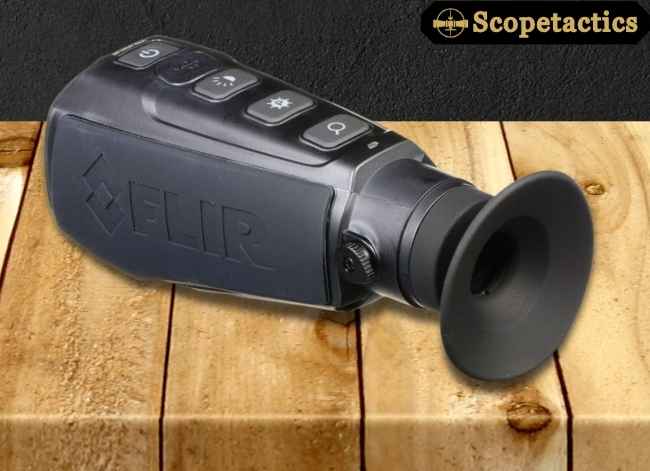
This higher pixel count provides a significantly sharper and more detailed image, allowing me to distinguish between a person and a large animal at distances that would render a lower-resolution device useless. For example, at over 500 yards, a 320-pixel imager might show a blurry blob, but the LS-XR’s image is clear enough to discern human form and movement, a critical capability for security and surveillance.
The use of Vanadium Oxide is equally important. Unlike other materials, VOx has a higher temperature coefficient of resistance, making it more sensitive to minute temperature changes. This is reflected in the device’s thermal sensitivity of <50 mK (millikelvin).
In plain language, this means it can detect a temperature difference of less than 0.05 degrees Celsius. This is a game-changer when trying to spot a person whose body heat is masked by dense foliage or to find faint heat signatures from a distance on a cool night.
The optics are just as critical. The 35mm lens strikes an excellent balance. It provides a generous field of view (18° x 14°) for situational awareness, while its longer focal length allows for impressive detection ranges. This combination of a high-resolution sensor and a quality lens is what allows the LS-XR to detect a human-sized target at over 1100 meters, a truly professional-grade capability.
Image Processing and Palettes
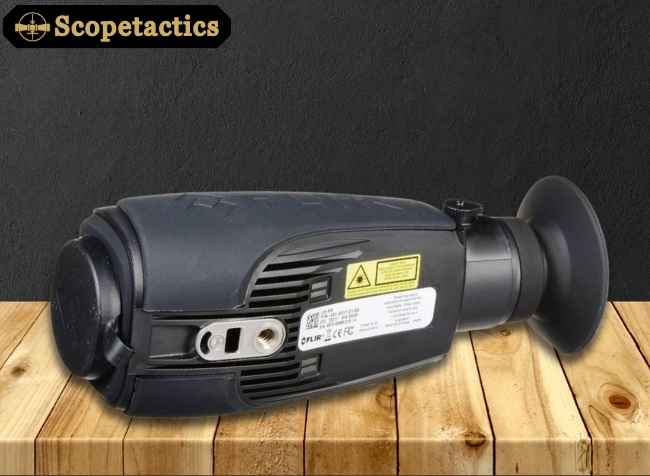
FLIR’s proprietary software is what turns raw thermal data into a usable image. The Digital Detail Enhancement (DDE) technology is not a marketing gimmick it genuinely improves image quality.
It works by sharpening edges and enhancing contrast in the image, making it easier to pick out subtle details in the background. Without it, the thermal image can look soft and “mushy,” but with DDE, objects appear crisp and well-defined.
The user-selectable color palettes are more than just a preference; they are tactical tools.
White Hot is my go-to for most applications. It presents hot objects as white, which provides the highest level of contrast for quick detection, especially at a distance.
Black Hot is the inverse, with hot objects appearing black. I find this palette useful for extended periods of observation, as it is less harsh on the eyes and can help reduce visual fatigue.
InstAlert™ is perhaps the most innovative feature. It highlights the hottest objects in the scene in a specific color (usually red), immediately drawing the eye to a target. I’ve found this to be incredibly effective for fast scanning of a large area, as it instantly flags any potential person or animal.
User Interface and Ergonomics
A powerful device is useless if it’s not intuitive to operate under pressure. The LS-XR’s design is a testament to FLIR’s experience with professional users. It is designed for single-handed operation, with large, tactile buttons that are easy to locate and press, even when wearing gloves. The ergonomic grip is comfortable and secure, and the device is incredibly lightweight at just 12 oz.
The quick start-up time of <1.5 seconds is a crucial, often overlooked feature. In a tactical or security situation, you don’t have time to wait for a device to boot up. The LS-XR is ready when you are, providing instant situational awareness.
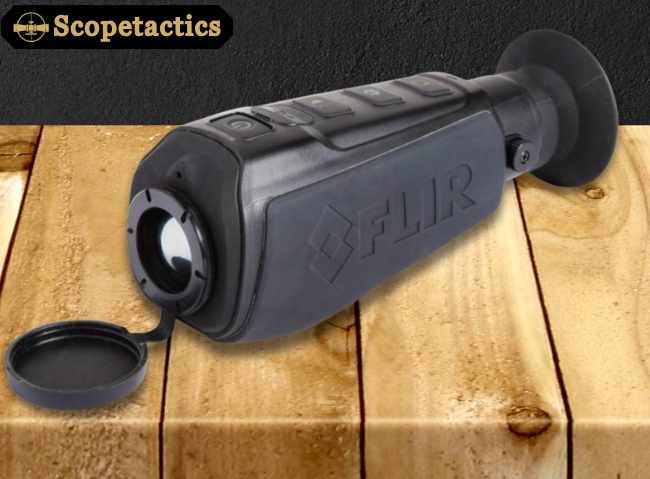
Durability and Reliability
This monocular is built to survive the rigors of professional use. It carries an IP67 rating, which means it is completely protected from dust and is fully waterproof, capable of being submerged in up to 1 meter of water for 30 minutes. I’ve used it in heavy rain and dusty, windy conditions without a single issue.
The device also has a 1-meter drop test rating, providing peace of mind that it can handle an accidental fall. The long battery life, over 5 hours of continuous use, is another critical factor, ensuring it won’t die on you during a critical mission or an extended patrol.
Practical Applications and Unique Features
While the core functionality of seeing heat is its main purpose, the LS-XR includes a few features that set it apart. The most notable is the built-in red laser pointer. This isn’t just for show; it’s an invaluable tool for target indication.
When working with a partner, I can use the thermal imager to spot a heat signature in the brush and then use the laser to pinpoint its exact location for my partner, allowing for precise, coordinated action.
Its capabilities extend beyond just seeing in the dark. I have found it incredibly useful for:
- Search and Rescue: Locating a lost person in dense fog or through thick forest canopy.
- Hunting: Spotting game that is hidden from the naked eye, even behind light cover.
- Home Security: Conducting nighttime patrols to identify potential threats or activity around my property.
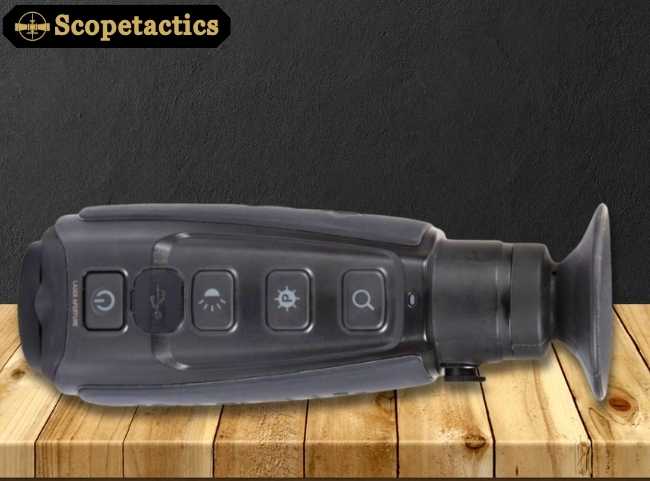
Limitations and Final Verdict
Despite its many strengths, the LS-XR has limitations that any user should understand. It cannot see through glass, solid walls, or other opaque barriers. It detects surface temperature, not the object on the other side. This is a fundamental principle of thermal imaging. While it can detect the heat of an object on a surface (e.g., a handprint on a wall), it’s not x-ray vision.
Also, the digital zoom, while useful, comes at the cost of image quality. As you zoom in, the image becomes more pixelated. This is not a flaw in the device but a reality of digital zoom in general.
In conclusion, the FLIR LS-XR is a best-in-class thermal monocular that justifies its premium price with professional-grade performance and reliability. It combines a high-resolution sensor, a quality lens, and advanced image processing to deliver an unparalleled viewing experience.
The rugged build, intuitive controls, and tactical features like the laser pointer make it a truly indispensable tool for anyone whose profession or passion requires them to see beyond the limits of visible light. It’s more than a thermal imager; it’s a force multiplier.
Pros:
- High-resolution 640 x 512 VOx sensor.
- Excellent thermal sensitivity (<50 mK).
- Rugged, durable, and weather-resistant (IP67).
- Long detection range (over 1100m for a person).
- Compact, lightweight, and ergonomic for single-handed use.
- Fast start-up time.
- Built-in red laser pointer.
- Multiple thermal palettes including InstAlert™.
- Long battery life.
Cons:
- High cost.
- Cannot see through glass or solid objects.
- Digital zoom reduces image quality.
- No on-board video recording (requires external device).
- Limited field of view compared to shorter-lens models.
Why should choose FLIR LS-XR Thermal
For those who require professional-grade performance in a compact, rugged package, the FLIR LS-XR is an exceptional choice. Its high-resolution 640 x 512 thermal sensor and superior thermal sensitivity deliver an unmatched level of detail, allowing for clear identification of targets at impressive distances.
Unlike lower-end models, its powerful optics and advanced image processing ensure that you can see through complete darkness, light fog, and smoke, providing a critical advantage in any low-visibility situation.
The device is built to endure harsh conditions with its IP67 rating and durable construction, while its intuitive, single-handed operation and fast start-up time mean it’s always ready when you need it most.
With a built-in laser pointer for tactical communication and multiple viewing palettes, it’s not just an imager it’s a versatile tool designed to enhance situational awareness, safety, and effectiveness for professionals and serious users alike.
FAQs
Can the FLIR LS-XR see through walls, glass, or other solid objects?
A: No. A common misconception from movies is that thermal imagers can see through solid objects. The FLIR LS-XR detects infrared radiation (heat) emitted from surfaces, not light. While it can pick up on temperature differences on a wall’s surface caused by something behind it (like a hot pipe or missing insulation), it cannot “see” the object itself.
Similarly, glass is a highly reflective material for infrared energy, so pointing the imager at a window will only show you a reflection of the heat sources in front of it, not what’s on the other side.
What is the difference between the LS-XR and other thermal imagers, especially lower-cost models?
A: The main difference lies in its professional-grade sensor and features. The FLIR LS-XR features a high-resolution 640 x 512 VOx microbolometer, which provides a significantly sharper and more detailed image than consumer-grade models (often 160 x 120 or 320 x 240).
This allows for greater detection range and clarity. Additionally, it is built for extreme durability with an IP67 waterproof rating and includes professional-level features like a built-in red laser pointer and advanced image processing technology like InstAlert™.
How long does the battery last, and can I replace it?
A: The FLIR LS-XR is equipped with an internal, rechargeable Li-Ion battery that provides over 5 hours of continuous operation on a single charge. This is a sealed, non-user-serviceable battery, meaning it cannot be replaced by the user in the field.
To charge the device, you must use the provided USB cable and power adapter. It is important to note that the device should be turned off during the charging process for best results.
Is the FLIR LS-XR durable enough for professional use in challenging conditions?
A: Yes, absolutely. The FLIR LS-XR is built to a high standard of ruggedness. It is IP67 rated, which means it is completely protected from dust and can be submerged in up to 1 meter of water for 30 minutes without harm.
The device is also rated for a 1-meter drop onto a hard surface. This level of durability makes it a reliable tool for law enforcement, search and rescue, and other professionals who operate in demanding outdoor environments.
Final Thought
The FLIR LS-XR stands as a testament to professional-grade thermal technology. It successfully bridges the gap between high-end military equipment and consumer-level gadgets, offering serious users unparalleled performance in a highly portable and rugged form factor.
The combination of its crisp, high-resolution sensor, intuitive interface, and durable construction makes it a standout product in its class. While the investment is significant, the clarity, reliability, and tactical advantages it provides in any low-visibility scenario make it an indispensable tool.
For professionals and enthusiasts alike, the LS-XR is a force multiplier that genuinely changes how you see the world.
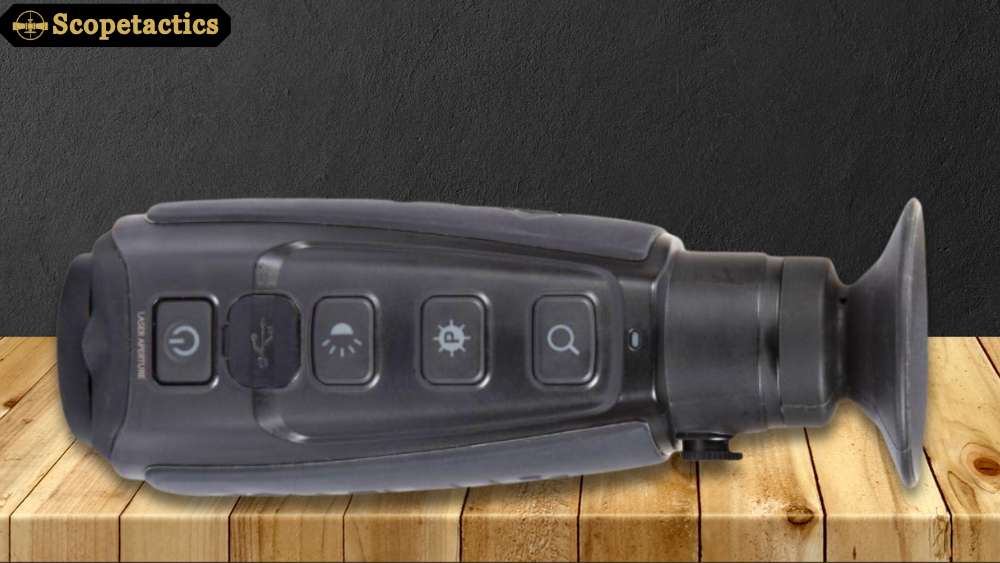












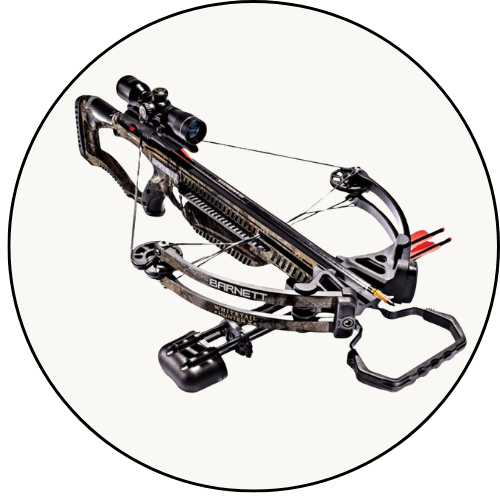
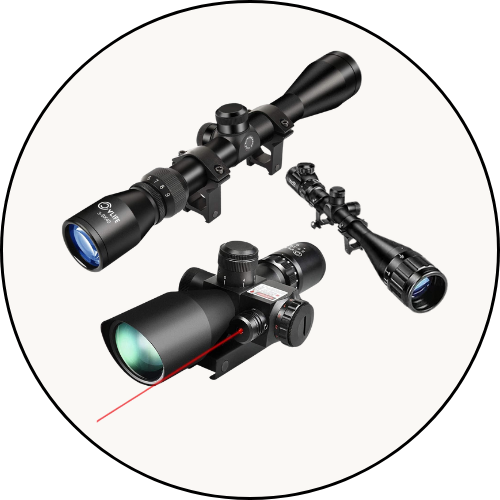
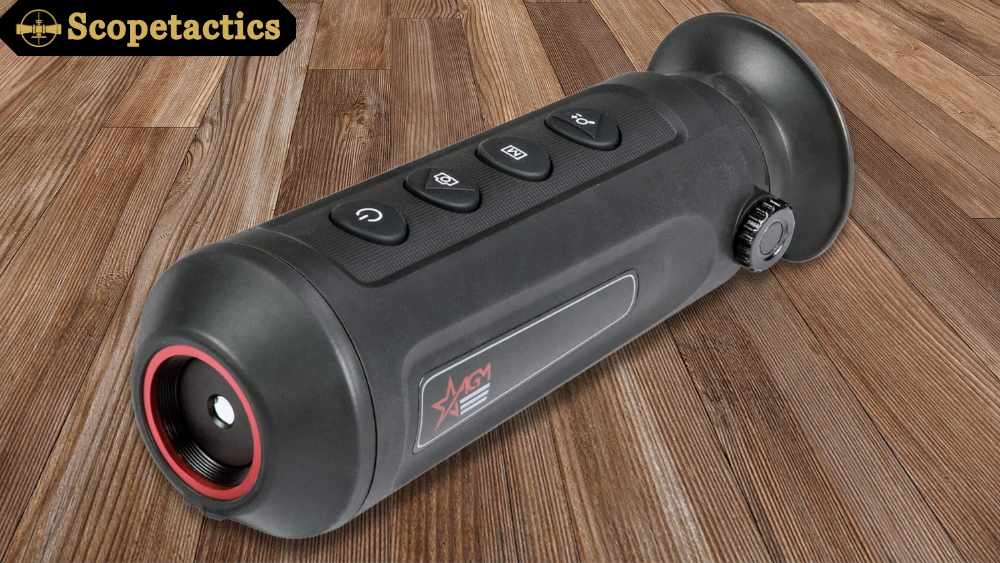
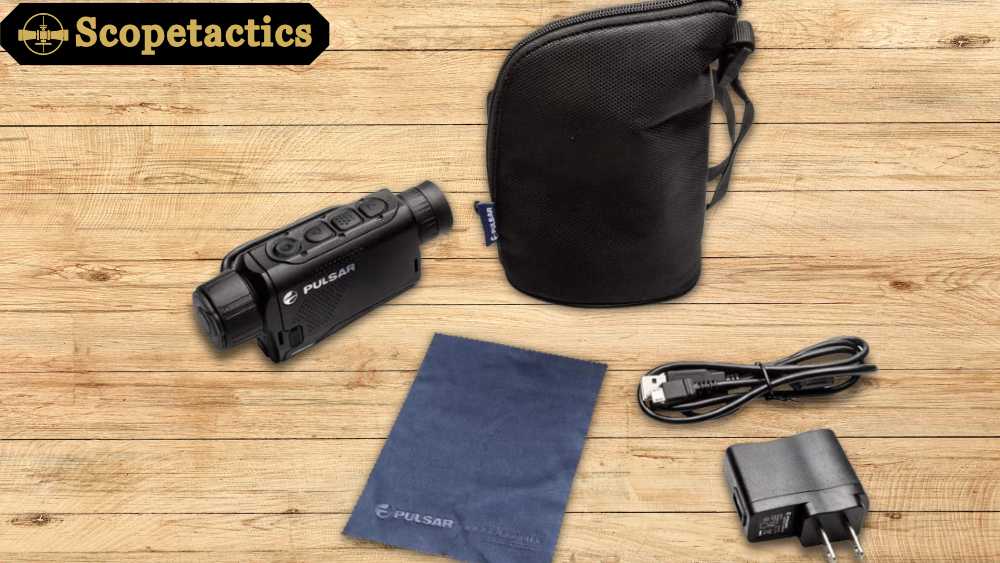
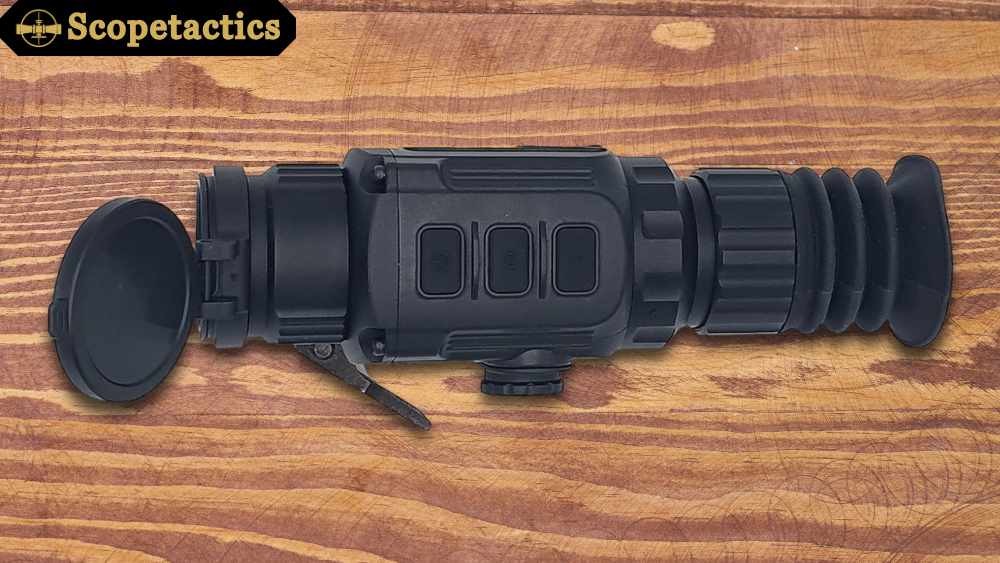
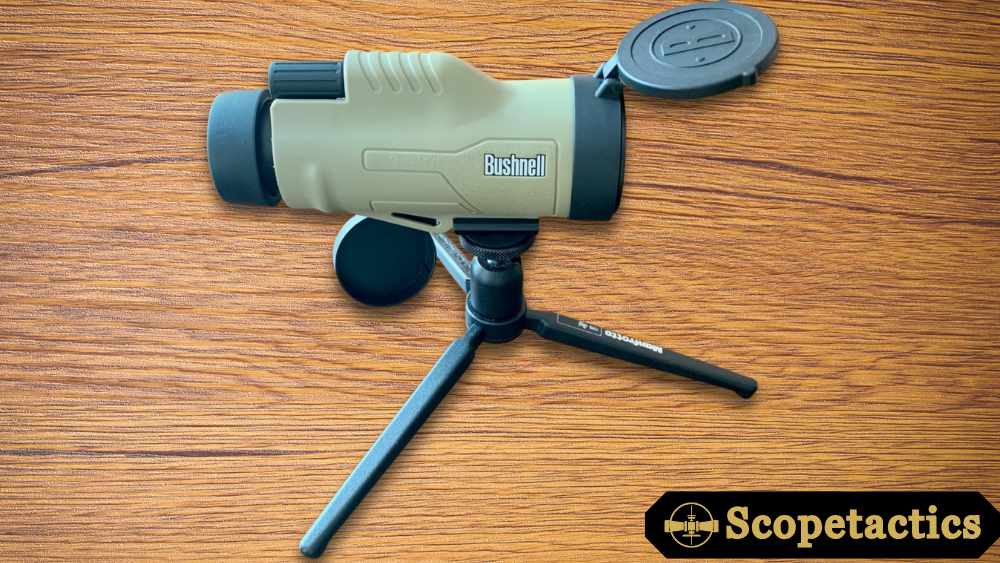
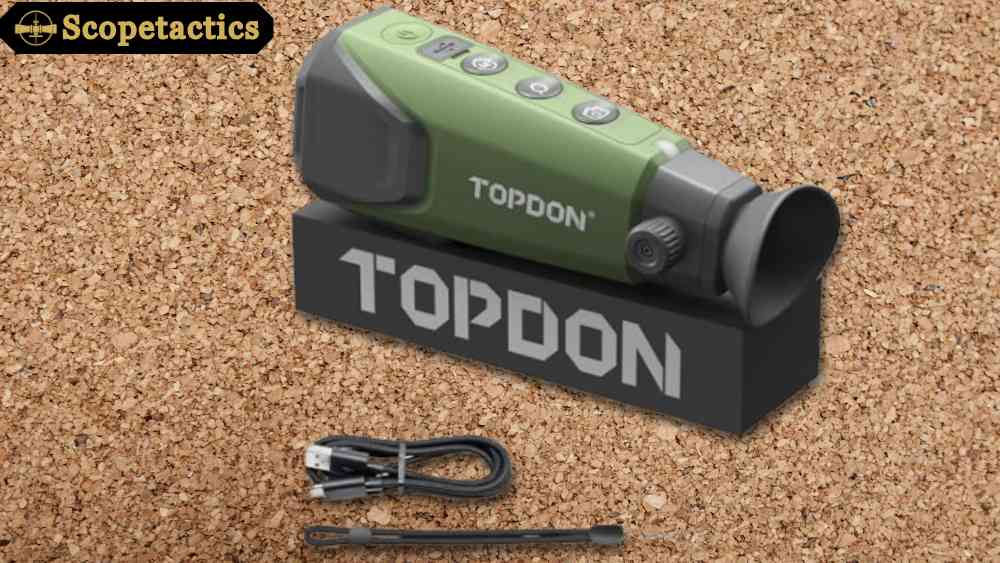
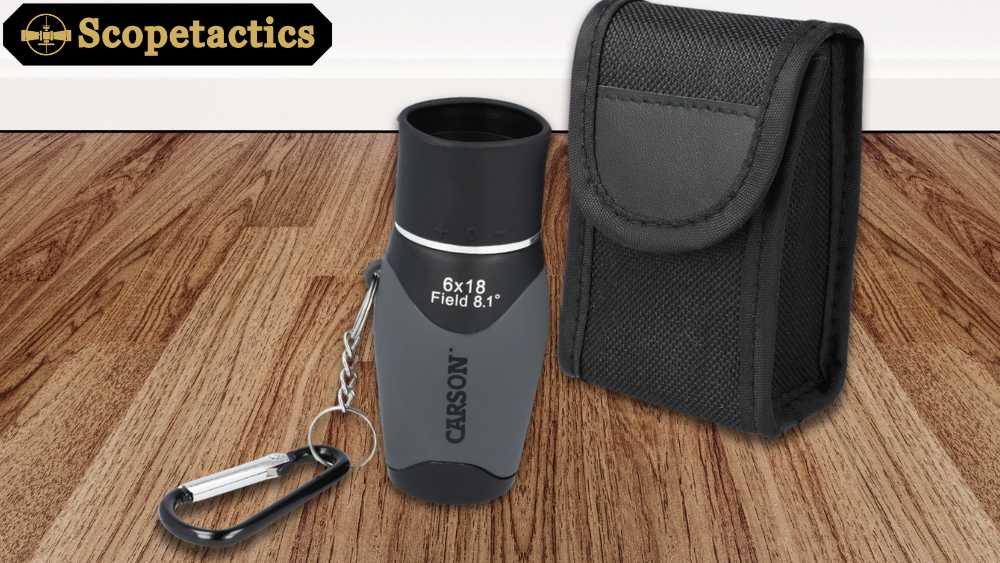
Leave a Reply